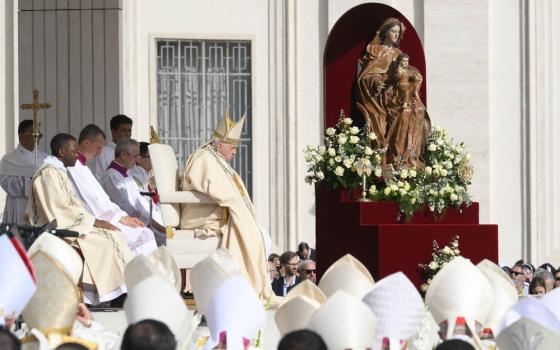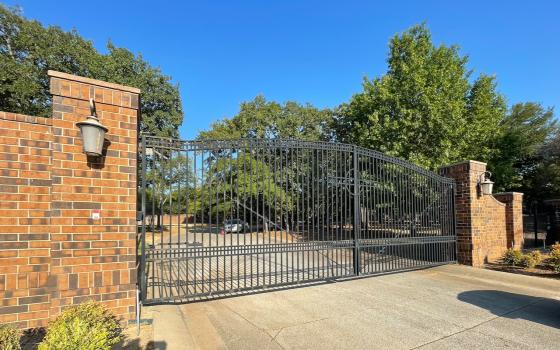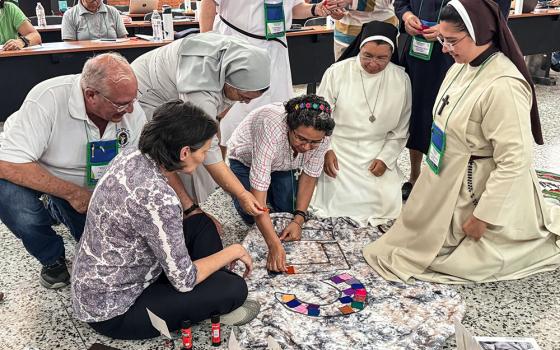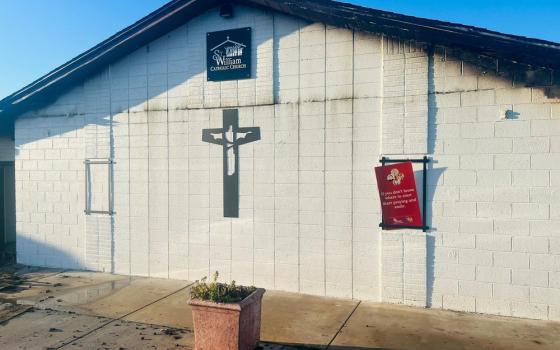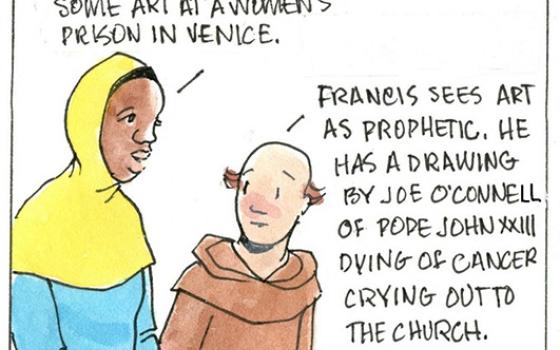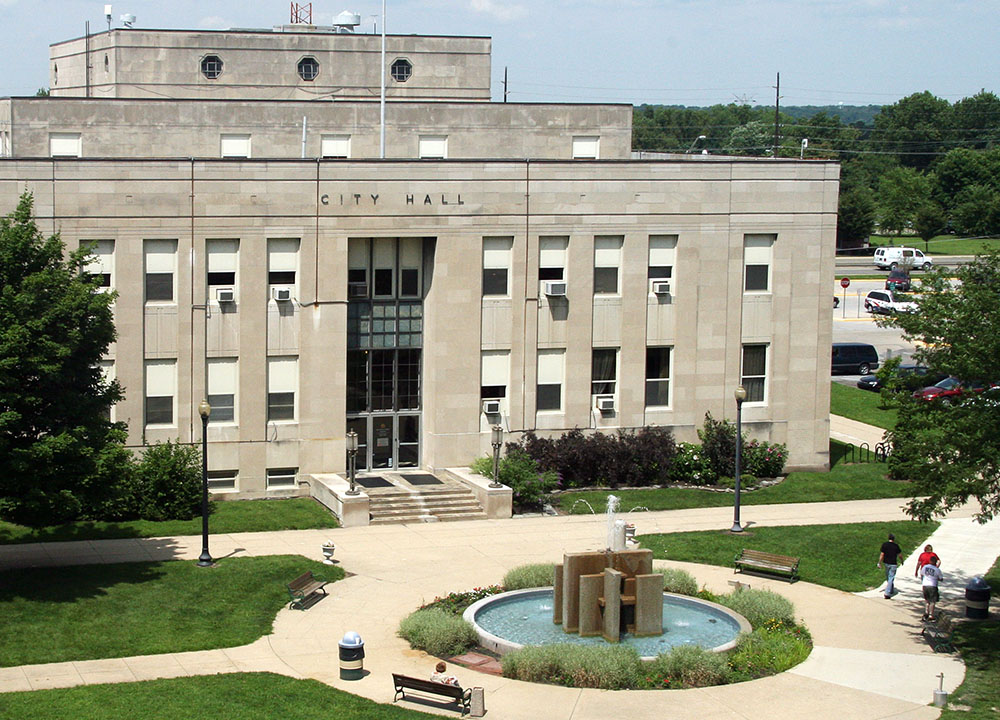
City Hall of Terre Haute, Indiana. It's famously said that "all politics is local," and I'm seeing this more clearly these days. (Wikimedia Commons/Huw Williams)
The other day, I attended the mayoral forum for this fall's general election in my city. Among the key themes discussed during the forum were improving the quality of life for residents of a mostly post-industrial college town with a median income well below the national average, improving our aging housing stock, and growing the population — real issues that affect real people in our community.
I'd met with one of the candidates over coffee a few weeks prior, and he shared a few things with me about how he approached the campaign, from the financial needs to the challenge of voter turnout.
The sad truth is that the real determining factor in local elections is voter turnout. It's not a presidential election year or even a congressional election year. Only three states have any statewide races this year, but many have elections for city offices.
The challenge is that off-year elections have notoriously low turnout, and this issue has gotten worse in an era of nationally focused news and social media, coupled with a stark decline in local news options.
In my work on federal policy with Network Lobby for Catholic Social Justice, I have the opportunity to hear from folks in communities across the nation about the impacts of policy decisions in their own communities. As I process these interactions, along with what I've observed in my own small city of Terre Haute, Indiana, I've been reflecting on the interplay between federal and local governments. In many ways, it resembles the interplay between solidarity and subsidiarity in Catholic social teaching.
Advertisement
It's famously said that "all politics is local," and I'm seeing this more clearly these days. I've noticed the differences in how local communities implement provisions provided for by federal legislation that my colleagues and our allies have worked so hard to pass.
It's hard not to think about a comment made during a rural roundtable conversation I participated in back in 2019 when a participant asked what the [federal] government did for their community. It's a fair question — when I look at my paystubs, federal taxes are by far the highest deductions I see.
In the years since then, I've seen several large assistance packages pass the federal government. While some of the assistance from those packages took the form of direct cash payments to taxpayers, an even larger amount was allocated for assistance to state and local governments and organizations that provide critical services in the community. The ways through which federal tax money returns to our communities are often quiet and invisible — and all too often delayed.
This year, I watched elected officials in the city where I live debate for the first time how to use funds from the American Rescue Plan Act, a bill passed in 2021 to provide emergency relief during the height of the COVID-19 pandemic.
A few months ago, as I spoke to a woman in Erie, Pennsylvania, who had run an emergency homeless shelter for men, I first learned of the Emergency Solutions Grant, federal funding that enabled her work for a faith-based nonprofit organization. She spoke of the great work and collaboration between the city and county governments to preserve funding for her organization when they had to relocate temporarily due to a fire — proving that local and federal governments can work well in supporting nonprofits.

Sisters of St. Joseph of Northwest Pennsylvania stand with Mayor Joe Schember of Erie, Pennsylvania, at a rally opposing significant budget cuts in the debt ceiling negotiations in May. Schember spoke to the role of federal funding in the city's initiatives to expand access to housing. (Courtesy of Emily TeKolste)
I found myself wondering why my own community's local government was taking so long to begin projects using the funds provided by the federal government through the American Rescue Plan Act. If those funds had been deployed sooner, might members of my community (and communities across the nation) have experienced the benefits that a well-functioning federal government can provide?
This model of governing — with separate state, city, county and federal governments — provides a complex patchwork of governance, but it also allows for a degree of autonomy and flexibility that enables those closest to the community to provide tailored solutions for their own communities.
Because of its reach, though, the federal government provides an umbrella of solidarity that the local governments are unable to provide through the ability to collect and redistribute resources.
The challenge is that for this system to be effective, we, the citizens, need to be informed and involved in all levels of government — and this can be a demanding task. Without broader participation in local government, the few loud voices and special interests can potentially dominate local government decisions.
A recent article in The Atlantic shared such an instance: the story of a fight over trees in a D.C. neighborhood. The article concluded with this reflection:
Democracy is about feedback loops. We elect people. If they do poorly, we choose alternatives. But when the election system falters from disuse, other feedback loops take root. Elected officials at the local level become accountable to the unrepresentative handful of voters who do engage; and public servants become preemptively sensitive to well-connected people who have the time and energy to demand disproportionate focus.
Each of us must be attentive to solidarity and subsidiarity — and be actively engaged at all levels of government and collective work, including neighborhood associations. We do have the ability to build the world we want to see — when we come together and participate.
